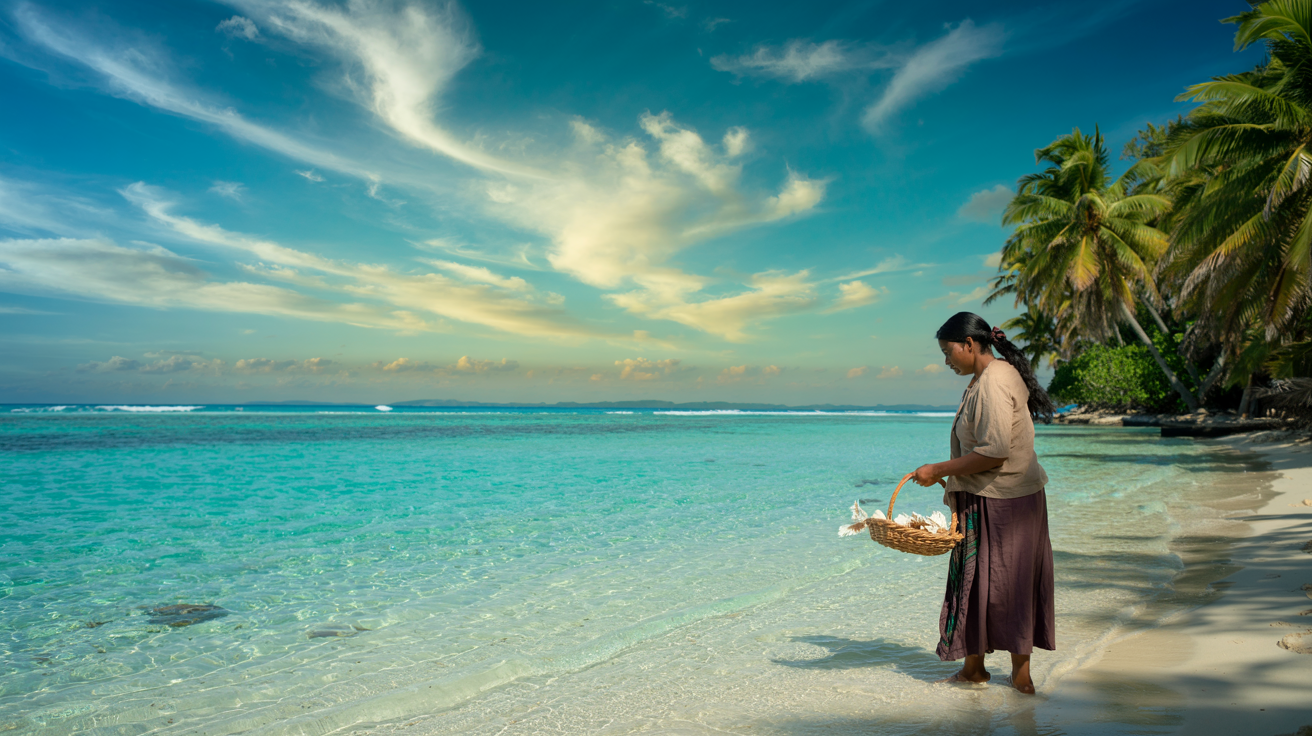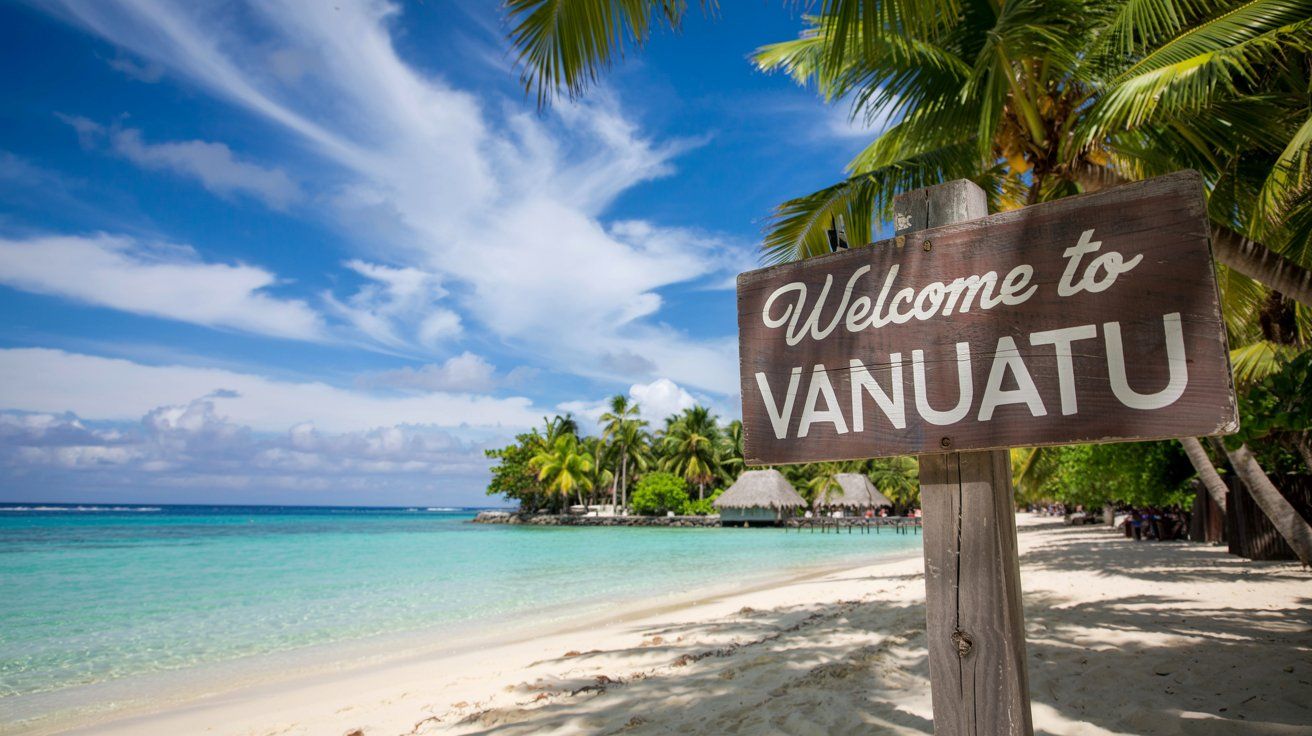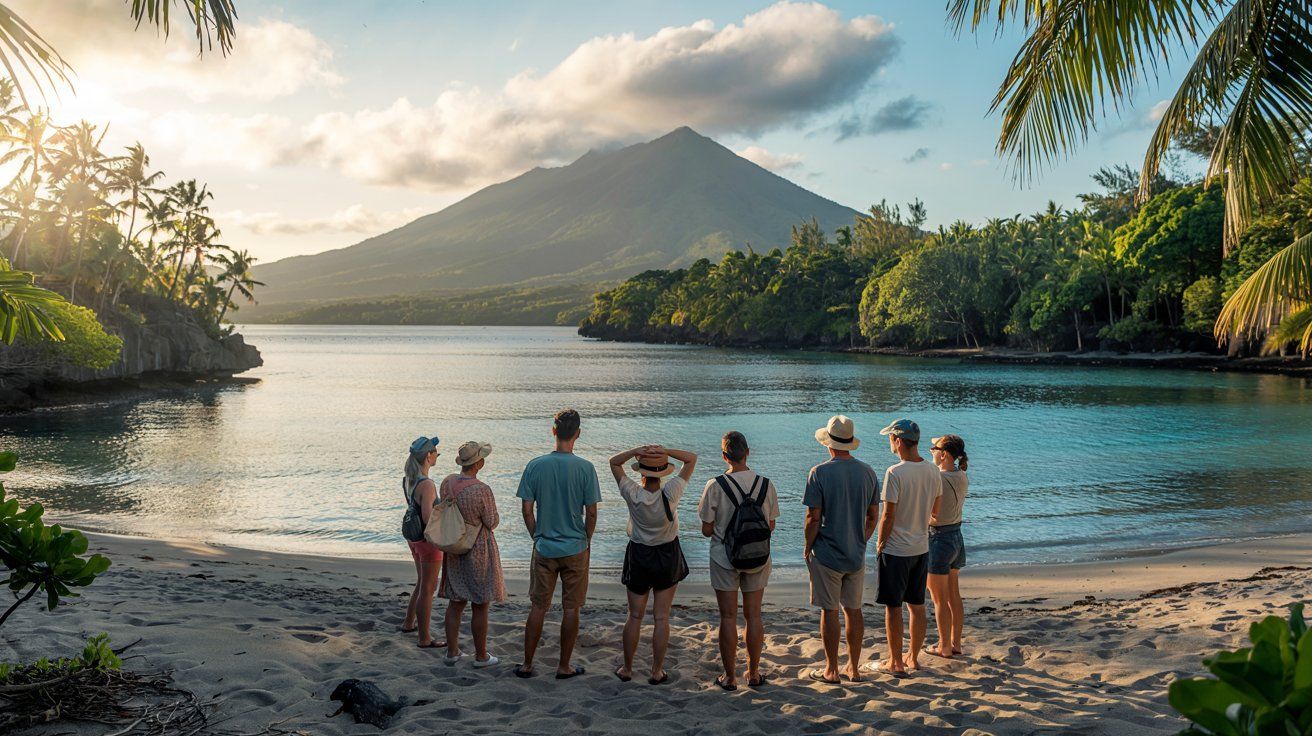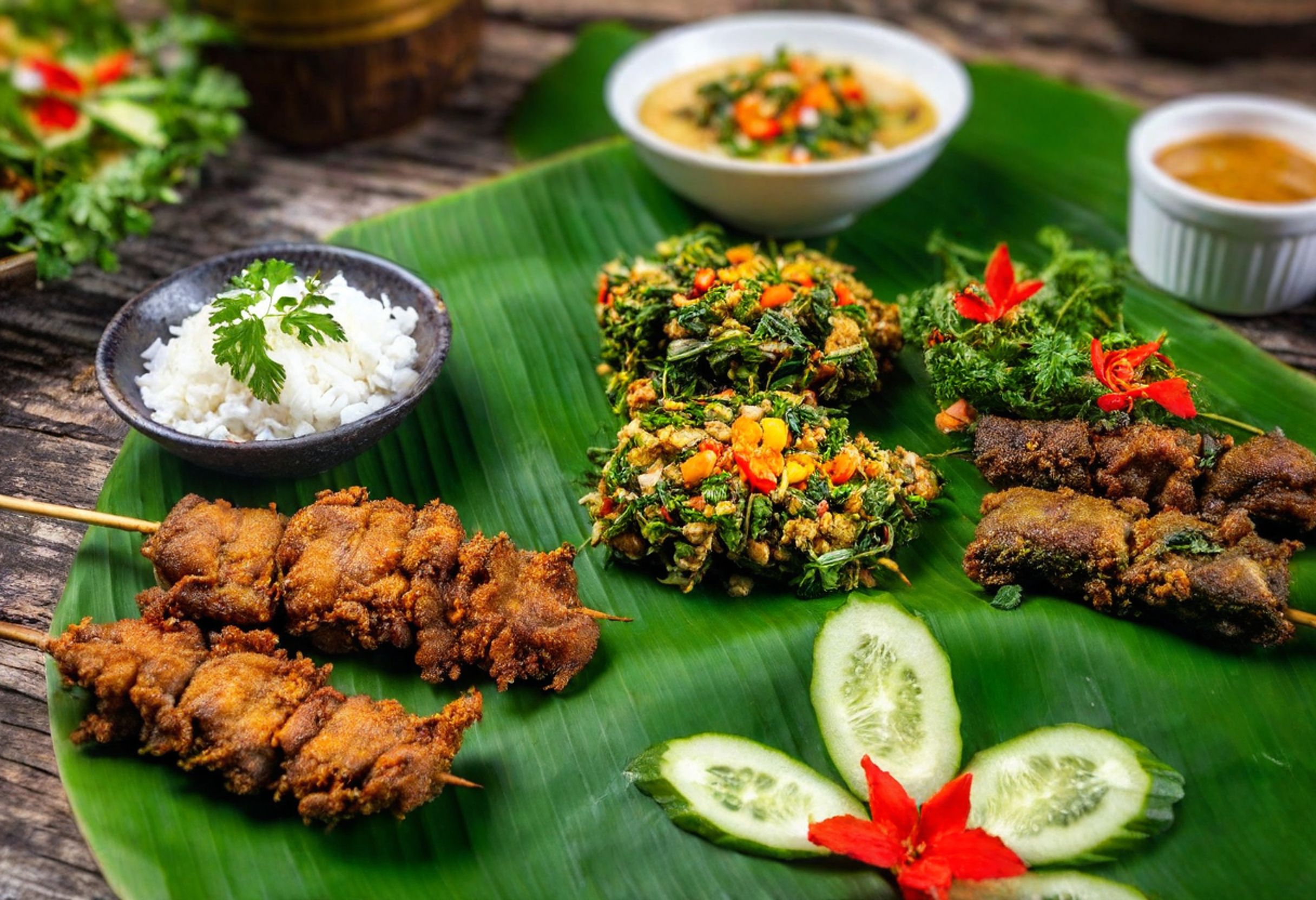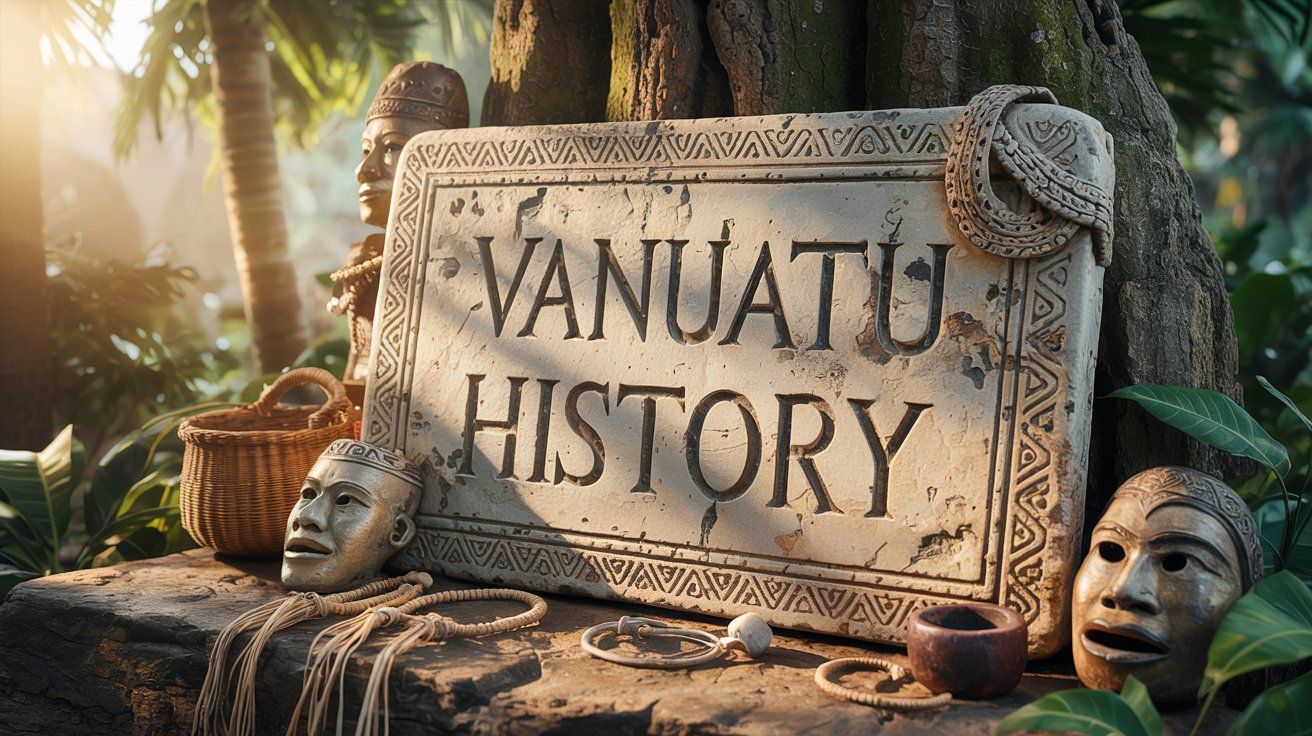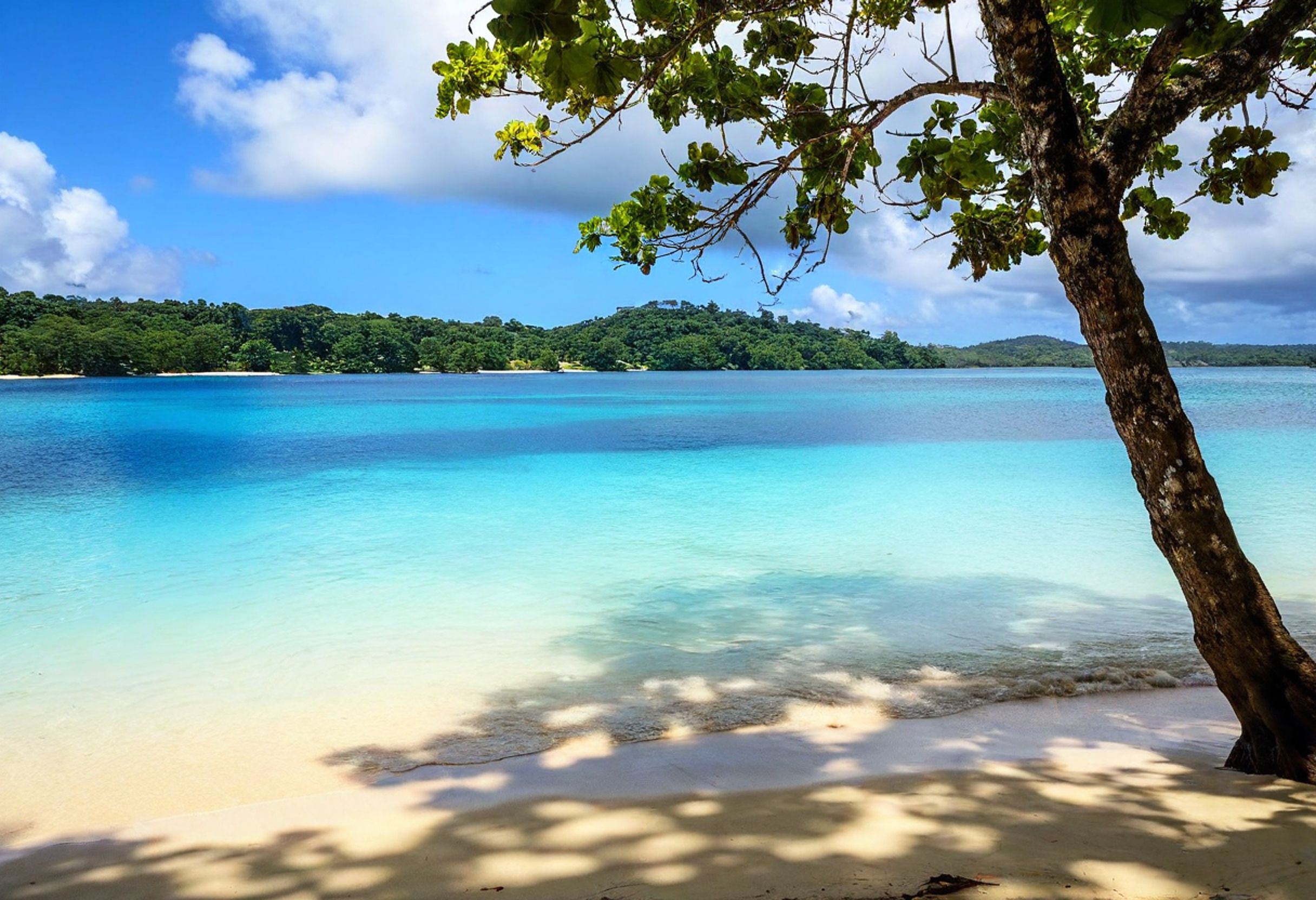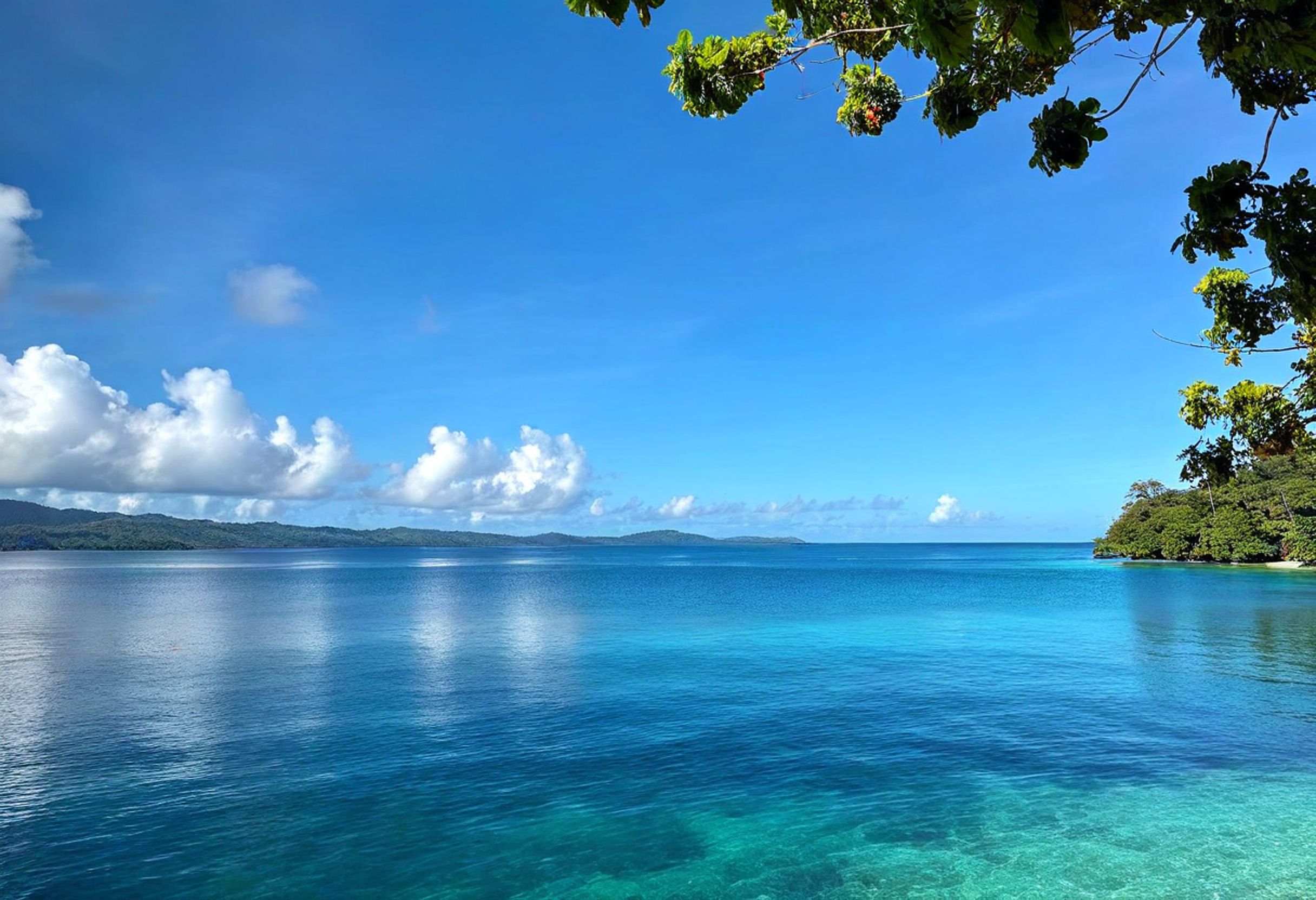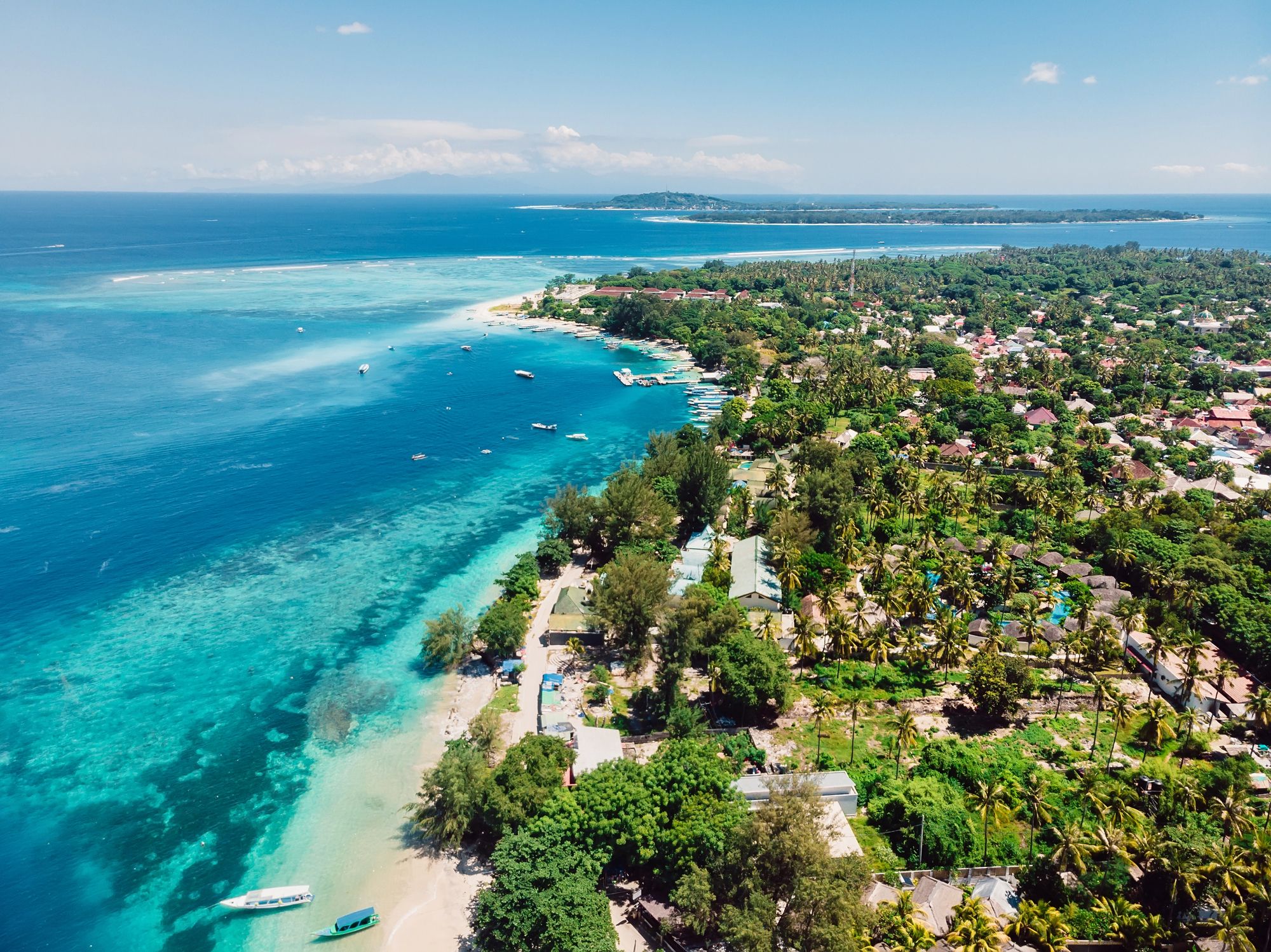In the lush tropical nation of Vanuatu, bananas are more than just a fruit – they’re a cornerstone of culture and survival. The people of this Pacific Island nation have maintained traditional techniques for preserving bananas that date back thousands of years. The “Mara Technique,” developed by the people of Futuna Island in Vanuatu, allows unripe bananas to be preserved for over two years, creating a critical food security resource in a region vulnerable to natural disasters.
Archaeological evidence shows this relationship with bananas goes back millennia. Recent discoveries of 3,000-year-old tooth plaque have proven that early Pacific Islanders brought bananas with them as they colonized previously uninhabited islands across Oceania. When the Lapita people first settled Vanuatu and other Melanesian islands, they didn’t arrive empty-handed – they carried banana cultivars that would help sustain their communities.
From overwater bungalows to beachfront resorts, find your perfect stay in this island nation of more than 80 islands. Instant booking with best price guarantee!
Browse Accommodations Now
Today, as climate change threatens food systems worldwide, Vanuatu’s traditional banana preservation methods are gaining new attention. By turning to old traditions for food security, Vanuatu’s communities demonstrate how indigenous knowledge can provide solutions to modern challenges. These practices connect present-day Ni-Vanuatu people with their ancestors while ensuring their resilience in an uncertain future.
Cultural Significance of Bananas in Vanuatu
Bananas hold a revered place in Vanuatu’s cultural landscape, serving not only as a vital food source but also as symbols in ritual practices and social hierarchies. Their diverse varieties are woven into the fabric of daily life and ceremonial occasions throughout the Melanesian nation.
Banana Varieties and Traditional Uses
Vanuatu is home to numerous traditional banana varieties that locals classify as “true bananas.” These plants aren’t actually trees but giant herbs that can grow up to 20 feet tall within just one year.
The versatile fruit appears in many traditional dishes. The most famous is Lap Lap, Vanuatu’s national dish, where banana leaves wrap a pudding made from grated root vegetables and coconut cream before being baked in an earth oven.
Bananas in Vanuatu are prepared through various methods – eaten raw when ripe, boiled or roasted when green, or dried for preservation. Different varieties serve specific culinary purposes based on their starch content and flavor profiles.
Beyond food, banana leaves provide practical materials for everyday use. They serve as natural plates during feasts, wrapping for cooking, temporary shelter materials, and even improvised umbrellas during sudden tropical downpours.
Bananas in Mythology and Social Ceremonies
In Vanuatu’s rich mythology, bananas often symbolize fertility and abundance. Ancient Lapita culture colonizers brought bananas to these islands around 3,000 years ago, as revealed by dental plaque evidence from ancient teeth.
Banana plants play important roles in ceremonial life. During traditional marriage ceremonies, they’re presented as gifts symbolizing prosperity and fertility for the new couple. In some islands, specific banana varieties are reserved exclusively for chiefs and high-ranking community members.
When Christianity arrived in Vanuatu, many banana-related traditions merged with new religious practices. Today, bananas often appear in church offerings and celebrations, representing God’s provision.
Ceremonial gardens frequently feature banana plants alongside kava, another culturally significant crop. Together, these plants create sacred spaces where important community decisions are made and disputes resolved according to Melanesian custom.
Agriculture and Subsistence Farming
Agriculture forms the backbone of Vanuatu’s economy and culture, with traditional farming practices supporting both daily life and economic development. The nation’s fertile volcanic soil and tropical climate create ideal conditions for growing a variety of crops.
Main Crops and Farming Techniques
In Vanuatu, 80% of the population engages in agricultural activities ranging from subsistence farming to small commercial operations. Traditional farming focuses primarily on root crops, with taro and yam serving as cultural staples. These crops aren’t just food sources—they hold significant ceremonial importance in Ni-Vanuatu society.
Bananas represent another crucial crop, with Vanuatu maintaining impressive traditional banana diversity. Local varieties are cultivated using time-tested methods that require minimal external inputs. Farmers typically practice intercropping techniques, growing multiple species together to maximize land use and reduce pest pressure.
Island cabbage and other leafy vegetables are planted year-round, serving both subsistence needs and providing income through local market sales. Coastal communities supplement crop farming with fishing, creating a balanced food system.
Economic Impact of Agriculture
Agriculture drives Vanuatu’s economy at multiple levels. At the household level, subsistence farming provides families with food security and modest income. The contribution of subsistence production was estimated at 36% of agricultural output and 7% of GDP.
Beyond subsistence, many farmers engage in smallholder cash crop production. Key export crops include:
- Copra (dried coconut)
- Cocoa
- Kava
- Coffee
- Beef
These exports create vital foreign exchange for the nation while providing income to rural communities. Economic stratification exists between purely subsistence farmers and those engaged in cash crop production, with the latter generally enjoying higher living standards.
Food Security and Nutrition
Traditional farming practices support remarkable food security in Vanuatu despite economic challenges. The diverse array of root crops (taro, yam, manioc) provides carbohydrates, while bananas and tropical fruits supply essential vitamins and minerals.
Fish and other seafood serve as primary protein sources in coastal areas. Inland communities rely more on chickens, pigs, and occasionally wild game for protein needs. This balanced traditional diet supports good nutrition across the islands.
Climate change poses a growing threat to food security, with increasing cyclone intensity and shifting rainfall patterns affecting crop production. In response, communities are revitalizing traditional farming knowledge while incorporating resilient techniques to protect food supplies.
Find available hotels and vacation homes instantly. No fees, best rates guaranteed!
Check Availability Now

